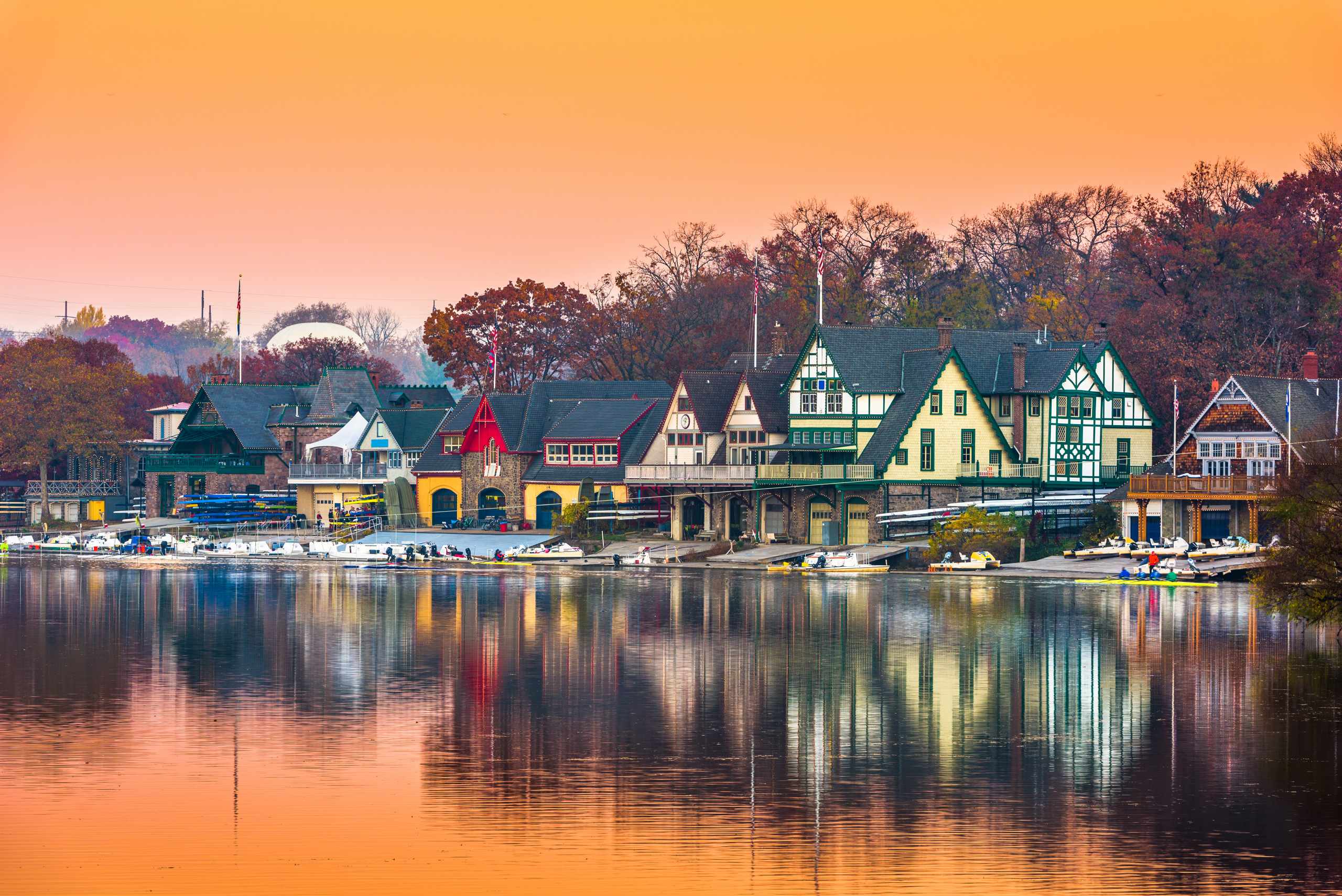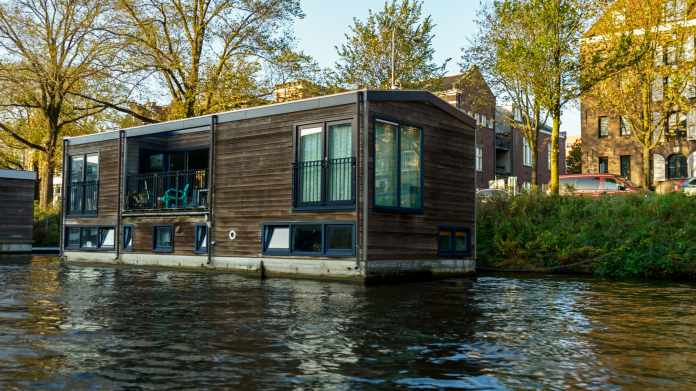A Safe BoatHouse can be defined as housing for the boat or a house built on the water. It should be built sturdy as it is subjected to inclement weather conditions from being by a body of water. It’s highly recommended that you use the right materials to ensure the safety of everyone. Safe BoatHouse is important to have as they keep your boats safe from any poor weather, animals, or possible thieves. You can also keep any equipment that you use—fishing gear, mechanical components, gas for the boat, etc.—stored in the boathouse for convenience.
When you have a Safe BoatHouse, it’s most likely that you’ll be having to boat on the waters. If you’re still learning to the boat, signing up for ilearntoboat.com would be a fantastic idea to keep you safe in the water.
Here are the tips on how you can create a safe boathouse:
- Build a Strong Foundation
When it comes to building a boathouse, safety should always be your top priority. Since you’ll be building by and partially in water, make sure that you provide a strong foundation as water can make materials softer and weaker.
Before building your home, a geotechnical engineer should be able to determine the bearing capacity of the soil to see if it’s stable and safe enough to build a boathouse. The amount of mud that needed to be excavated is highly important as it will help to determine if the soil can be sturdy and reliable enough for your home’s safety.
Adding mud or bedrock helps to solidify the soil, allowing it to support the weight of the building. If you want your boathouse to last for generations after generations, you should invest highly in building a strong foundation.
2. Check the Location
Before you get started right away, check the location first if it’s safe to build a boathouse in that area. Check if you’re within the fault line or you’re nearer to other natural disasters that might occur such as volcano eruption, tornado, and earthquakes.
In line with that, you should also check the soil type to where you’re planning to build your boathouse as it will determine the foundation of it. While you’re at it, you should also check the condition under the water’s surface and the shoreline to see if there’s anything that might hinder the stability of your boathouse.

3. Care for the Environment
While building your boathouse, you have to take care to not pollute or damage the surrounding ecosystem, including both the body of water as well at the shoreline your boathouse sits on.
When building your boathouse, it’s highly recommended that you keep it at least two meters away from the shore, minimum, and just use a ramp to bridge the gap so you could go to your boathouse without having to soak your feet into the water.
The reason why you need to keep it two meters away from the shoreline is that having it directly on the shoreline causes impact to the local wildlife and flora.
Building a boathouse is a lot heavier than a floating house so you should keep it as much as possible where the base would be sturdier.
4. Choose the Right Materials
It’s highly critical that you choose the right materials when building a boathouse since they’re more prone to natural disasters. It’s preferred that you purchase good lumber from a distributor to start with and refrain from using alternatives. Make sure that you use sturdy and new materials as the safety of your house rely on these.
Conclusion
When building a boathouse. Safety should always be your top priority. You should be building on safe ground and did every research you can make to ensure that you’re building a boathouse where it would be safe and stay afloat for a long time that could be passed on for generations.
When it comes to safety, don’t be cheap with the materials as highly sturdy materials are extremely important and aren’t just a fancy thing to add. It’s recommended that you handpick a good lumber to be used for your house and pick the sturdiest foundation you could choose. Remember, you’re directly on the water so you’re more prone to the weather conditions especially when a typhoon hits your area. It’s always better to be safe than to be sorry at all times.
When you have successfully built a safe boathouse, invite your friends over for some fun activities you could do and enjoy the weekend on the ocean.













